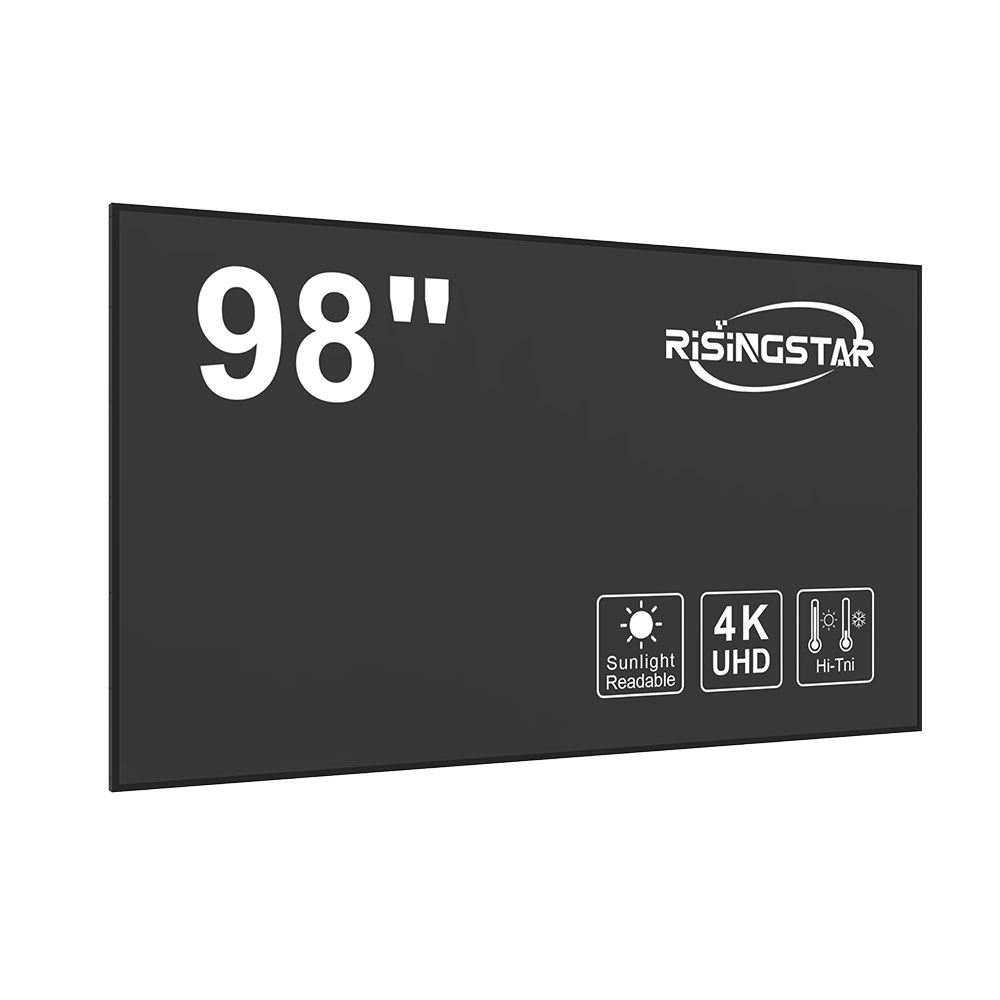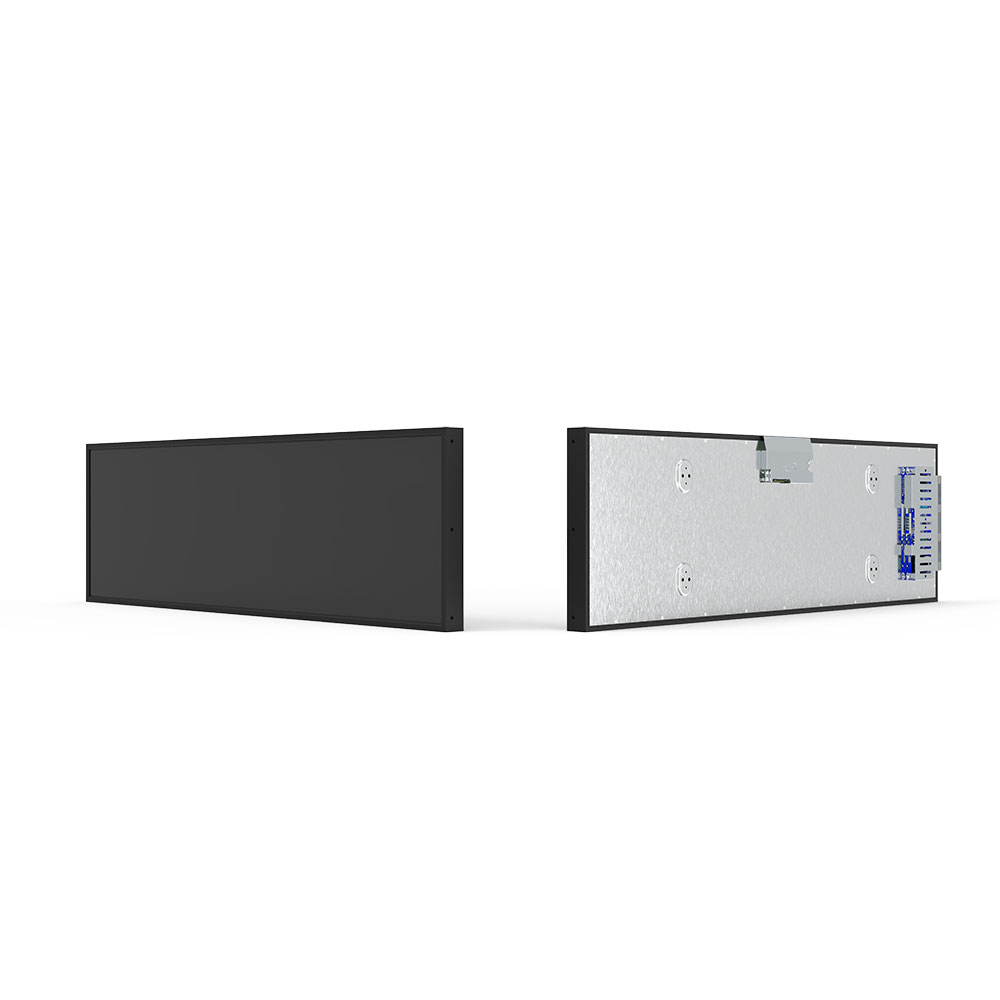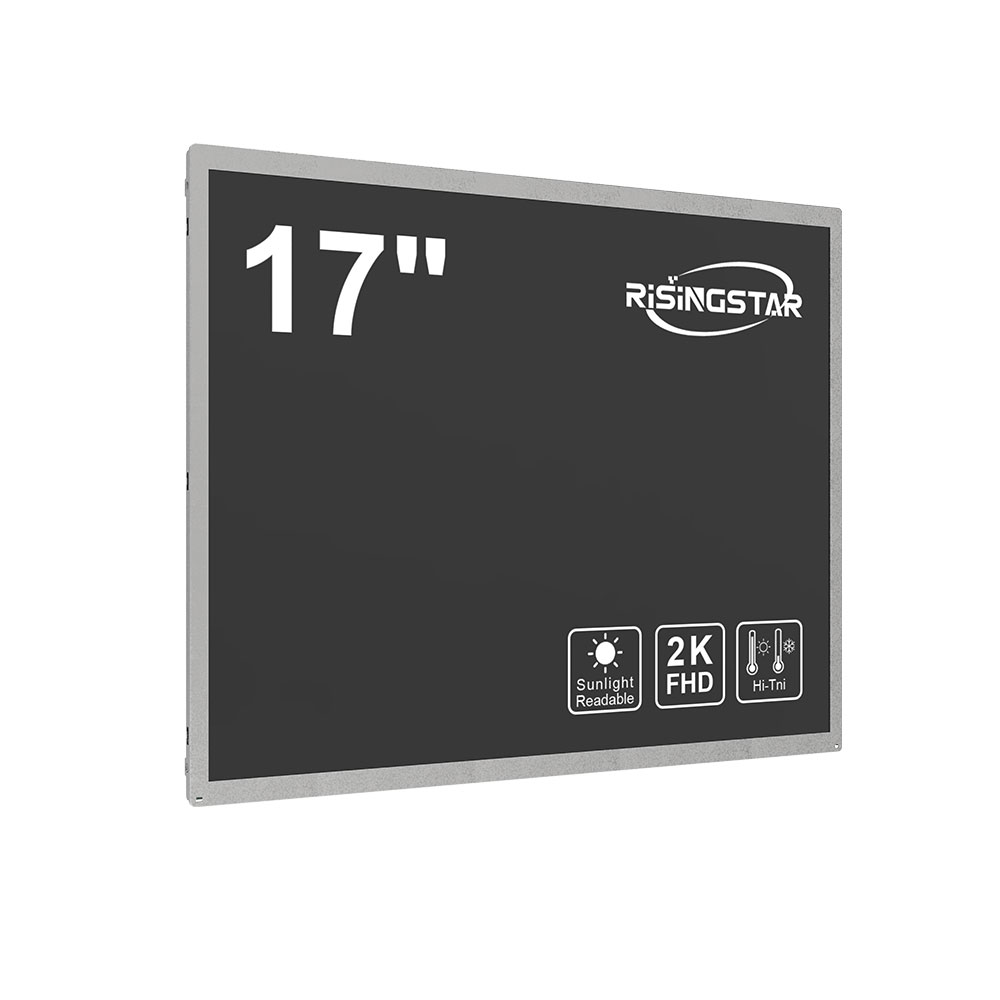- Home
- About Us
- Products
- News
- Video
- Contact
- Send Inquiry
Search
- Home
- About Us
- Products
- News
- Video
- Contact
- Send Inquiry

Outdoor LCD screens have become essential in modern infrastructure—from digital signage in city centers to real-time information displays at transportation hubs and retail environments. Choosing the right outdoor LCD screen requires understanding not only brightness, resolution, and weather resistance but also long-term maintenance strategies and emerging industry trends.
Practical Applications

These screens are widely used in advertising (e.g., billboards in Times Square), public transport (real-time arrival boards), smart city projects (traffic monitoring), and event venues (live scoreboards). For instance, a 2023 case study by Samsung Display showed that cities using high-brightness LED-backlit outdoor LCDs saw up to 40% higher engagement in digital ad campaigns compared to indoor alternatives.

Key Advantages
The most critical advantage is brightness, often rated in nits—outdoor models typically exceed 5,000 nits (vs. 200–500 nits for indoor). This ensures visibility under direct sunlight. Additionally, IP65 or higher ingress protection ratings prevent dust and water damage. Modern units now feature anti-glare coatings, wide viewing angles (up to 178°), and solar power compatibility for off-grid installations.
Common Problems

Despite robust design, issues persist. Overheating in summer can reduce lifespan—especially if ventilation is inadequate. Poor installation (e.g., unsecured mounting) may lead to panel misalignment or physical damage from wind. A 2022 report from the Society for Information Display (SID) found that 32% of premature failures were due to improper thermal management or lack of routine cleaning.
Latest Trends
Industry leaders like LG and Sharp are integrating AI-based ambient light sensors to auto-adjust brightness—cutting energy use by up to 30%. Another trend is the rise of modular designs (e.g., 55”x55” panels that snap together), which simplifies repair and scalability. OLED outdoor displays are gaining traction for their superior contrast ratios, though they remain costlier than traditional LCDs.
Maintenance Best Practices
Regular cleaning with microfiber cloths and non-abrasive cleaners prevents haze buildup. Thermal checks every 3 months help avoid overheating. Using a remote monitoring system (like those from D-Link or Crestron) allows real-time diagnostics of brightness degradation or fan failure—reducing downtime by 60%.
By focusing on these practical applications, performance advantages, common pitfalls, and cutting-edge innovations, organizations can deploy outdoor LCD screens that deliver both reliability and impact across diverse climates and usage scenarios.